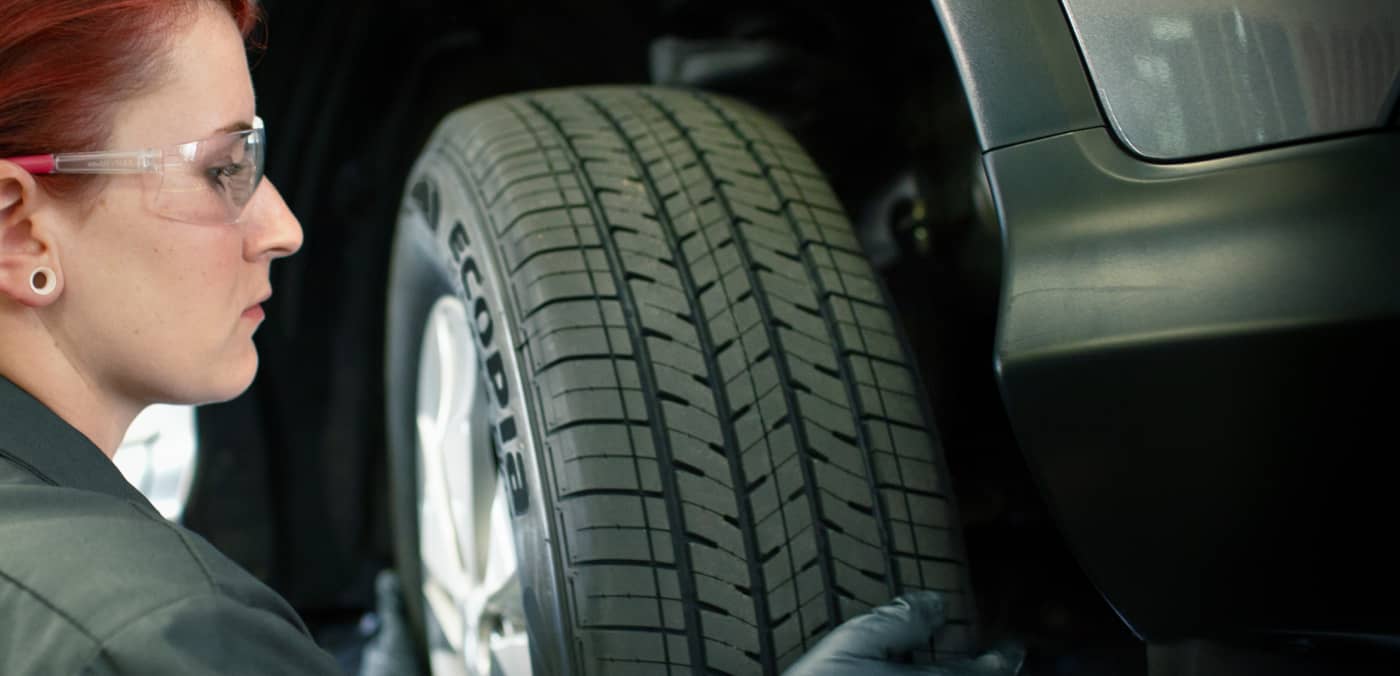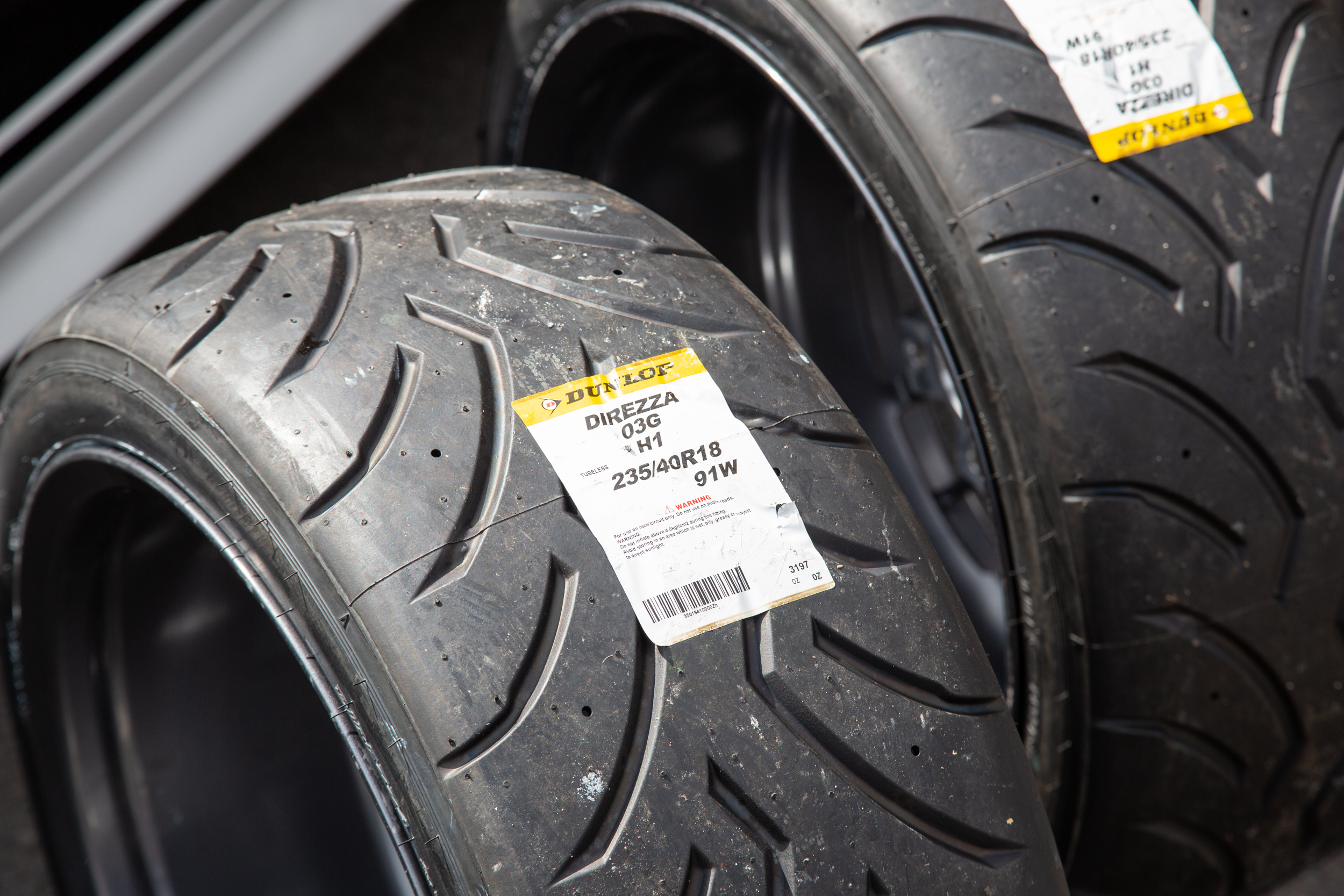All Categories
Featured
Table of Contents
I was able to get 100 hours out of among these tires, and while it had absolutely no tire lugs left on it, the soft compound made it work extremely wellas long as I was making use of a soft mousse. Kitt Stringer photo Easy mounting - 3Wear - 3Sidewall stamina - 3Performance on roots - 4Performance on wet rocks - 2Traction on dirt - 5Cornering capability - 4Traction while braking - 4Self-clearing of dirt and mud - 3Performance in mud - 3Overall predictability or monitoring - 3 _ 37 Final thought: This is a great well-rounded tire with good worth for cash.

The wear corresponded and I like for how long it lasted and exactly how constant the feel was during use. This would certainly additionally be a great tire for faster races as the lug dimension and spacing bit in well on fast terrain. Kitt Stringer image Easy placing - 3Wear - 3Sidewall toughness - 3Performance on roots - 4Performance on damp rocks - 4Traction on dust - 4Cornering ability - 4Traction while stopping - 5Self-clearing of dust and mud - 4Performance in mud - 4Overall predictability or tracking - 4_42 Conclusion: I liked this tire a great deal.
If I needed to buy a tire for difficult enduro, this would certainly be in my top selection. Easy mounting - 3Wear - 3Sidewall stamina - 3Performance on origins - 4Performance on damp rocks - 3Traction on dirt - 4Cornering ability - 3Traction while braking - 3Self-clearing of dust and mud - 4Performance in mud - 4Overall predictability or monitoring - 3 _ 34 Verdict: This tire was really soft and pliable.
All the gummy tires I checked performed relatively close for the initial 10 hours or so, with the victors going to the softer tires that had better grip on rocks (Budget tyres). Acquiring a gummy tire will definitely give you a strong benefit over a normal soft substance tire, however you do spend for that benefit with quicker wear
Cheap Car Tyres Near Me
This is an excellent tire for spring and loss problems where the dirt is soft with some dampness still in it. These proven race tires are fantastic all about, however use rapidly.
My overall victor for a tough enduro tire. If I needed to spend cash on a tire for everyday training and riding, I would certainly choose this.
All-season Tyres Near Me
I have actually been running a collection of Michelin Power Pilot 2CT's on my track Daytona 675 for the previous year. In that time I have actually done 15 track days in all climates from cold damp to incredibly warm and these tyres have actually never ever missed out on a beat. Tyre packages. I've done nearly 2,000 miles (3,200 kilometres) on them and as you can see from this shot of the front taken after very first session of my 15th track day on them, they still have quite a whole lot of rubber left on them
In other words the 2CT is an amazing track day tire. If you're the kind of rider that is likely to run into both damp and completely dry conditions and is starting on course days as I was in 2015, after that I think you'll be tough pressed to locate a far better value for cash and experienced tyre than the 2CT; a set of which will certainly establish you back around 185 (US$ 300) in the UK.
Developing a far better all rounded road/track tyre than the 2CT have to have been a tough job for Michelin. The result of that initiative is the Michelin Pilot Power 3 which basically changes the Pure. Don't perplex this new tyre with the road going Pilot Road 3 which is not created for track use (although some motorcyclists do).
When the Pilot Power 3 released, Michelin advised it as a 50:50% roadway: track tyre. All the biker reports that I have actually reviewed for the tire rate it as a better tire than the 2CT in all areas yet specifically in the wet.
Top Cost-effective Car Tyres Near Me – Yokine WA
Technically there are quite a couple of distinctions between both tyres although both use a dual compound. Aesthetically you can see that the 2CT has less grooves reduced into the tyre but that the grooves run to the side of the tire. The Pilot Power 3 has even more grooves for far better water dispersal yet these grooves do not get to the shoulder of the tire.
One aspect of the Pilot Power 3 which is different to the 2CT is the brand-new 2CT+ technology which expands the harder middle area under the softer shoulders (on the back tyre). This ought to give more security and reduce any type of "squirm" when increasing out of corners in spite of the lighter weight and more adaptable nature of this brand-new tire.

Although I was slightly uncertain regarding these lower stress, it turned out that they were great and the tyres done really well on track, and the rubber looked much better for it at the end of the day. Simply as a factor of referral, other (rapid team) riders running Metzeler Racetecs were using tire pressures around 22-24 psi for the rear and 24-27 psi on the front.
Developing a much better all round road/track tire than the 2CT have to have been a difficult task for Michelin. The outcome of that effort is the Michelin Pilot Power 3 which essentially replaces the Pure. Do not perplex this brand-new tyre with the road going Pilot Roadway 3 which is not developed for track use (although some bikers do).
Top Tyre Rotation Near Me ( Stirling)
They inspire substantial self-confidence and offer incredible hold levels in either the wet or the completely dry. When the Pilot Power 3 launched, Michelin recommended it as a 50:50% road: track tire. That message has actually lately transformed because the tires are now advised as 85:15% roadway: track use instead. All the motorcyclist reports that I have actually checked out for the tire rate it as a much better tyre than the 2CT in all locations but specifically in the wet.

Technically there are many distinctions between both tyres even though both make use of a dual substance. Visually you can see that the 2CT has fewer grooves cut into the tire however that the grooves run to the side of the tyre. The Pilot Power 3 has even more grooves for much better water dispersal but these grooves don't get to the shoulder of the tyre.
One aspect of the Pilot Power 3 which is different to the 2CT is the new 2CT+ technology which expands the harder middle section under the softer shoulders (on the back tyre). This must offer more stability and decrease any kind of "wriggle" when speeding up out of corners despite the lighter weight and more flexible nature of this brand-new tyre.
I was slightly dubious concerning these reduced stress, it transformed out that they were great and the tyres done actually well on track, and the rubber looked much better for it at the end of the day - Tyre safety. Equally as a point of referral, other (fast team) bikers running Metzeler Racetecs were making use of tire stress around 22-24 psi for the back and 24-27 psi on the front
Latest Posts
Leading Wheel Balancing
Affordable Tyre Shop Services – Stirling 6059 WA
Discount Tyres – Wanneroo